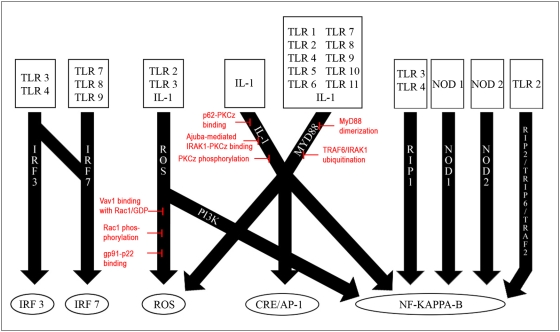Figure 4. An overview of the discrete signaling (DIOS) pathways defined in the TLR network.
There were a total of ten pathways that signaled from input receptor signals to output transcription-level objectives. These ten pathways shared fourteen receptor signals and five output objectives. The most redundant objective was NF-kappa-B activation, which was the target for a majority of the pathways. Indeed, four of the pathways—RIP1, NOD1, NOD2, and RIP2/TRIP6/TRAF2—signaled only to NF-kappa-B. However, also note that IL-1 and a large subset of the TLRs signaled to multiple objectives through a variety of pathways such as PI3K, IL-1, and MyD88. Overall, this receptor-pathway-output format allowed for a better understanding of the TLR network and its input–output relationships, and also for the calculation of essential reactions as candidates for signaling mediation. Red: A summary of the eight critical network reactions identified through our analysis (see text). These control points were located within the ROS production, IL-1, and MyD88 pathways. Although some essential network reactions were identified for the other discrete signaling pathways, they were unsuitable for selective inhibition due either to their role in other signaling processes or their lack of specificity to a particular pathway.

